Don Bradman famously averaged 99.94 in Test cricket – but did you know he had a hot streak? Between his second and penultimate Tests, The Don averaged 104.13.
We’re being facetious, but you get our point: there are many ebbs and flows in a Test career and sometimes when we only look at the whole, it conceals extraordinary things.
Bradman is actually a pretty terrible example because his 52-Test career was relatively short in modern terms and largely defined by relentless brilliance.
Steve Waugh’s career perhaps explains things better. He famously only averaged 30.52 after 26 Tests, but then rather picked things up and finished with a career average of 51.06. Clearly there was a real hot streak to counterweigh that initial mediocrity. Across a four-year period from 1993 to 1996, Waugh averaged 71.25.
That period comprised 38 matches – a career in itself. It’s easy to tuck these stretches of insane hyperperformance away if you play 168 Tests. This is a theme of this piece really. It’s easy to lose sight of the fact that some careers are significantly longer than others.
How many Tests constitutes a Test career?
The Adam Voges Rule dictates that the minimum number of Test matches to earn inclusion in any best-of-all-time list exceeds 20 these days. It’s quite often 25.
But even then, we’re often setting averages from very different careers alongside each other. Why do we so often only look at that whole great arc between a player’s debut and final Test when doing so can mask sizeable hot streaks within that timespan?
For example, Mike Hussey averaged 51.52 and Sachin Tendulkar averaged 53.78, so Tendulkar looks a little bit better. But then you consider that the Little Master played 121 Test matches more than Hussey and suddenly you realise these numbers don’t really have any business sitting anywhere near each other.
Similarly, Jimmy Anderson’s mid-20s bowling average has been achieved across 100 Tests more than Dennis Lillee’s 23.92. One James Anderson career equates to roughly three Michael Holdings or four Ian Bishops.
One Sachin Tendulkar career is the equivalent of 10 Adam Voges. We’re pretty sure no-one is suggesting Voges was a better bat than Tendulkar, so let’s look at precisely why that is. Let’s find the bit of Tendulkar’s career when he went 20 Tests averaging more than the 61.88 Voges managed across that same span.
Sachin Tendulkar
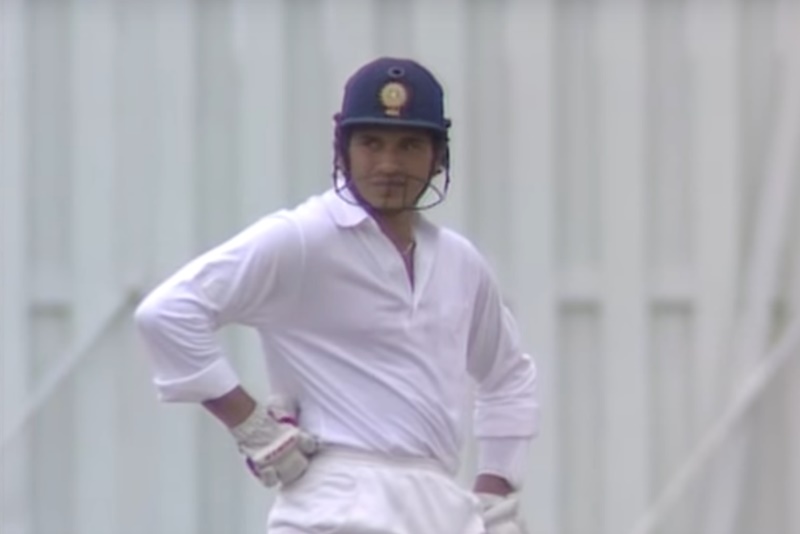
In one 20-Test stretch from August 1997 until the end of 1999, Sachin Tendulkar made 2,224 runs at an average of 71.74. He hit 11 hundreds in that time.
In your face, Adam Voges.
But that doesn’t really tell the full story, because over a decade later, from the start of 2009 to the end of 2010, Tendulkar went another 20 Tests averaging 75.10. He made 2,103 runs in this period, with another nine hundreds.
To be honest, we don’t even need to be all that selective about it. If we roll straight on from that 90s purple patch and take the next 20 Tests, from January 2000 until May 2002, he beat Voges over that stretch too: 2,028 runs at 65.41 with seven hundreds.
Put those together and that’s a real hot streak: 4,252 runs in 40 Tests at an average of 68.58 with 18 hundreds. This chunky snapshot – just a fifth of Tendulkar’s Test career – saw him score almost twice as many runs as George Headley.
We’ve written before how the sheer incomprehensible scale of Tendulkar’s career is arguably the best measure of his brilliance and this only reinforces that belief.
Mohammad Yousuf
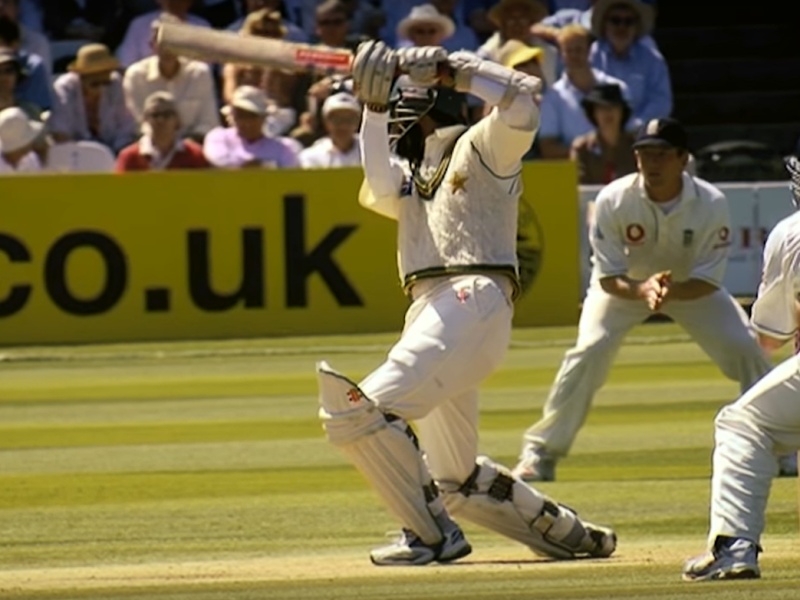
Without wishing to turn this into an Adam Voges bashing exercise, Mohammad Yousuf once went past the Aussie’s career tally of 1,485 Test runs inside a calendar year.
In 11 Tests in 2006, the Pakistan middle-order bat scored 1,788 runs at an average of 99.33.
Inch back a few weeks to include his Lahore double hundred against England and we end up with 2,011 runs in 20 innings at an average of 105.84.
Michael Clarke
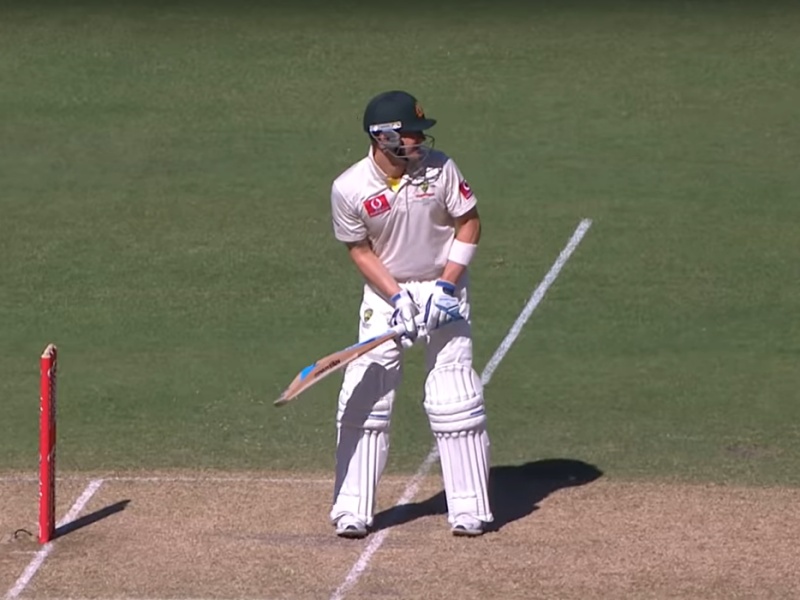
Tell you who else had a good year: Michael frigging Clarke. We remember it well because we had to make him the 2012 Lord Megachief of Gold and we were very unhappy about that.
That year Clarke scored 1,595 Test runs in 11 Tests at an average of 106.33 with five hundreds.
Sickening stuff. Let’s not say any more about it.
Ricky Ponting
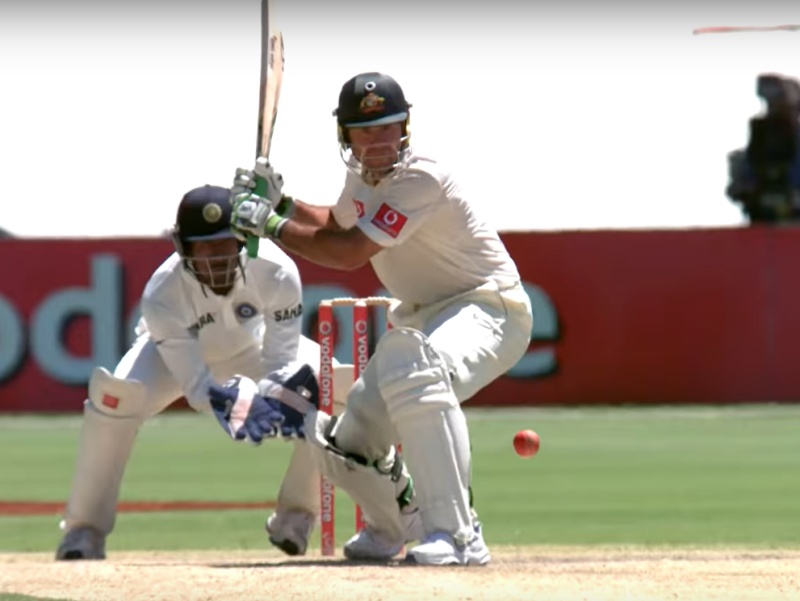
We don’t have to move too far to find someone else who had a 100-plus average year though. Ricky Ponting averaged 100.20 in 11 Tests in 2003.
Ponting made six hundreds that year, then another six in 2005 and seven in 2006. It was a streak so hot he was able to tuck away an entirely ton-free 2004 right in the middle of it.
For that period between January 2003 and the end of 2006, Ponting pipped Waugh’s four-year run of form that we mentioned earlier. He scored 5,077 runs at an average of 72.52 and made no fewer than 19 hundreds.
And that was with a (relatively) shit 2004 stinking things up (697 runs at 41 in 10 Tests). Can you have a hot streak with a cold streak within it?
Kumar Sangakkara
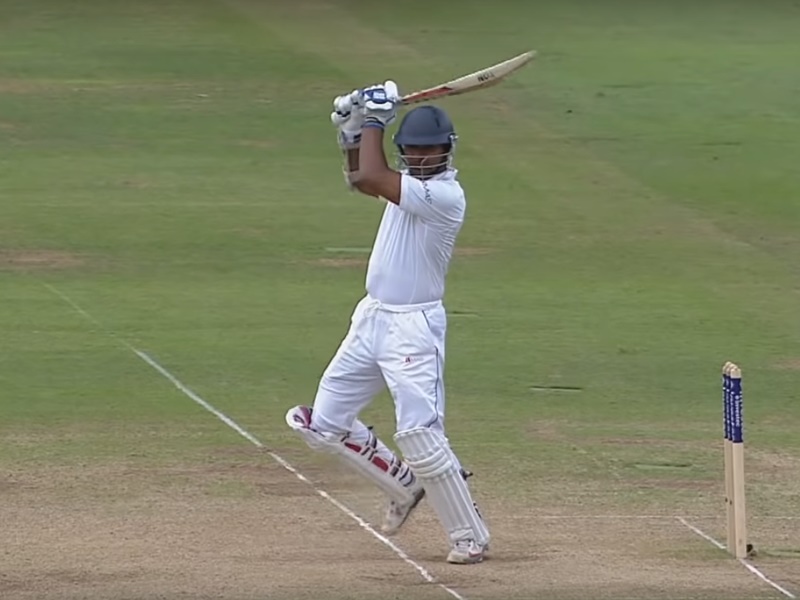
As we’ve pointed out before, Kumar Sangakkara’s purple patches pretty much always came when he wasn’t keeping wicket. He averaged 66.78 as a specialist batter (which was actually most of the time).
> Five Test wicketkeepers who quite often didn’t actually do any wicketkeeping
Sangakkara particularly enjoyed facing Bangladesh with the Tigers helping him to a pair of unlikely batting hat tricks. In 2013 he made three hundreds against them in successive innings and then a year later he made 319 and 105 in successive innings before having to go and play England, against whom he immediately made 147.
But that wasn’t really his purple patch because in 2006 and 2007 he went on a daddy hundred spree. In fact an unbeaten daddy hundred spree really. In nine Tests and 14 innings, the Sri Lankan made seven hundreds, four of which were unbeaten and three of which were doubles. The end result was 1,529 runs at an average of 152.90. (He averaged 138.28 in seven Tests in 2007.)
Almost inevitably, two unbeaten doubles came against Bangladesh in successive innings. Bangladesh probably didn’t revel in bowling to Sangakkara.
Shivnarine Chanderpaul
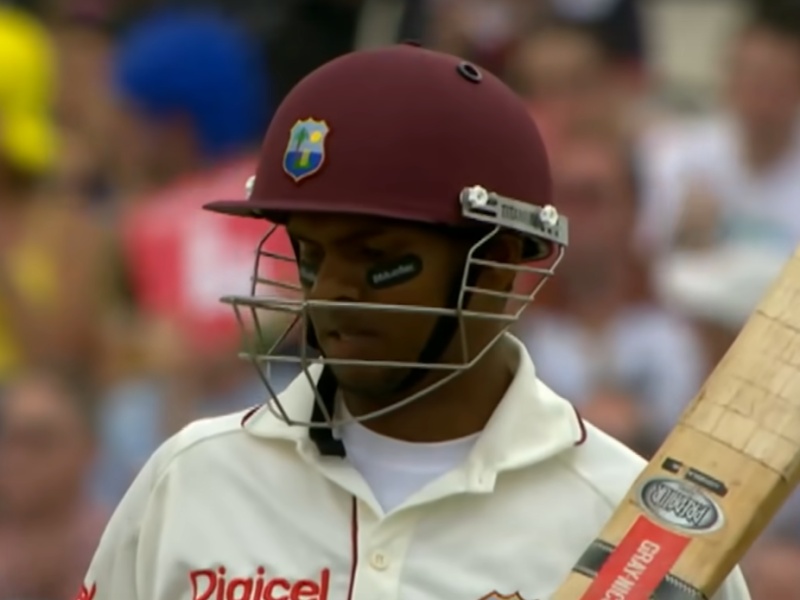
Shivnarine Chanderpaul never managed three Test hundreds in successive innings. He did however once finish a single shot away from the unbeaten version of that feat after making 101 not out against Bangladesh before nurdling 128 not out and 97 not out in the 2004 Lord’s Test.
Long-term King Cricket readers may well remember a more protracted spell of overperformance however – one that saw Shiv named first Lord Megachief of Gold for 2007 before being promoted to Grand Lord Megachief of Gold after he continued in much the same vein in 2008.
He didn’t play too many matches in this period, but when he did he generally batted for a very, very long time.
Nine unbeaten innings out of 23 helped shunt Shiv’s average up to 104.78 during this period, during which he scored six hundreds, four of which were unbeaten.
Perhaps a more meaningful measure of his form is that despite finishing 2008 with a golden duck, he averaged 145 balls an innings. That was with 39% of his knocks ending not out.
Brian Lara
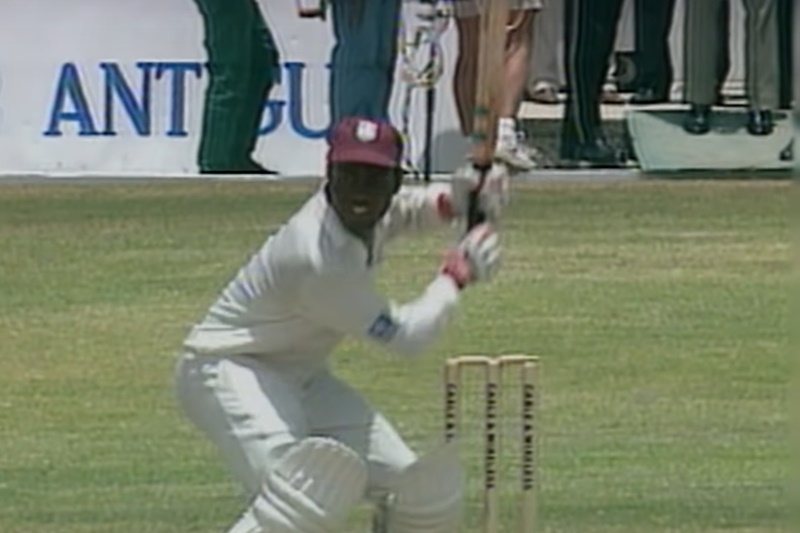
This one’s a slightly different hue and deliberately misreads the premise of the article, but Brian Lara’s case for inclusion is just too good to overlook.
In April 1994, the West Indies found themselves 12-2 in their first innings against England in Antigua. Lara promptly made the then-record Test score of 375.
After that he went to England to play first-class cricket. Warwickshire had originally lined up Manoj Prabhakar, but when he was injured, they got Lara in as a replacement. It worked out okay for them. Yu’d have to say that Manoj Prabhakar probably wouldn’t have matched Lara’s output that year.
In his first innings, he made 147 against Glamorgan and Warwickshire won by an innings. In his next match, he made 106 and 120 not out against Leicestershire. Then he made 136 in his only innings against Somerset before having an absolute nightmare match against Middlesex where he made only 26 in the first innings and 140 in the second.
Then he went to Durham and made 501 not out.
Seven hundreds in eight first-class innings, book-ended by the record Test score and what is still to this day the only half-thousand in first-class history.
1,551 runs at an average of 258.5.
It may not have been prolonged and most of it wasn’t Test cricket, but it was unarguably a hot streak.
Jacques Kallis
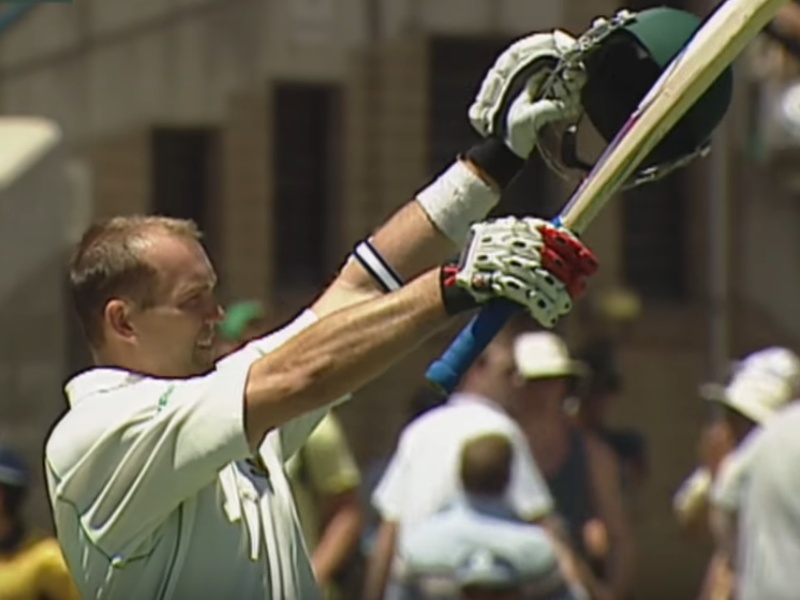
Let’s bring this back on track and draw to a close with a properly long hot Test streak. Jacques Kallis managed to average 74.96 across 40 Tests and 72 innings in a near-four-year period from December 2003 to December 2007.
But we can actually stretch that out a little without too much damage to the average. From the middle of March 2002 until December 2007, Kallis scored 5,303 Test runs in 52 Tests at an average of 70.70 with 20 hundreds (not one of which was an average-boosting double). As a measure of his value to South Africa during this period, he also chipped in with 109 wickets at 32.30 and took 59 catches.
This is, arguably, a run of form so protracted that you can’t even really call it a purple patch.
You can help us write more features by backing King Cricket via our Patreon crowdfunder. Small sums are very welcome. Enough people are paying £1 a month that it is already translating into meaningful time working on the site each month.

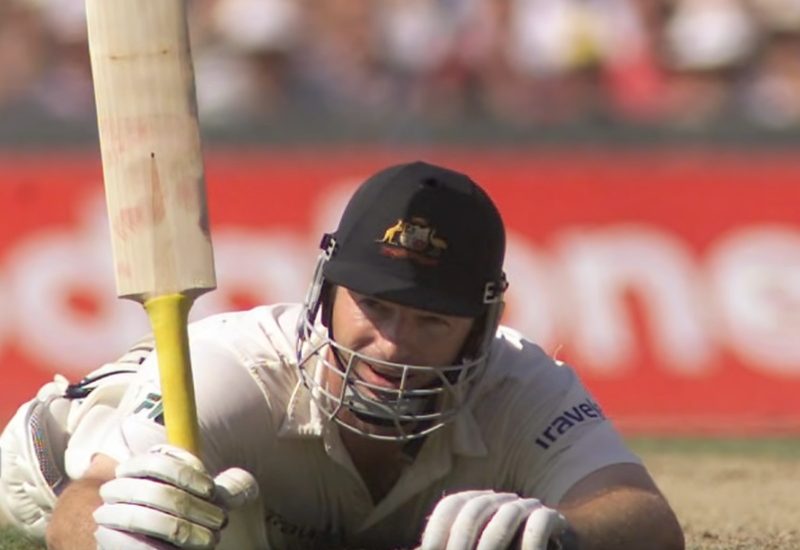

I had to google Adam Voges. Well, I had to cricinfo Adam Voges, but I am not sure if cricinfo has attained the verb status (yet).
By the way, this is some statting, Oh King.
Think the verb is “to ESPNcricinfo” or “to ESPNcricinfojointlyownedbyTheWaltDisneyCompanyandHearstCorporation” which is possibly why it hasn’t caught on.
I can still remember thinking that AltaVista was the best thing ever…then I quite liked the simplicity of Dogpile…until Google came along. The former two search tools didn’t lend themselves to being a verb. The sentence “I’ve just dogpiled Adam Voges” sounds like a terrible confession.
In other news – just enjoyed the last quarter of WI vIRE seeing the latter emerging team take the former, formerly great, team to pieces. Paul Sterling really is the business in the T20 format. It is such a shame he never quite got his head around long form cricket.
On this subject, people may or may not have seen that Travis Basevi, the creator of Statsguru – which is still one of the very best things on the internet – has sadly died.
Cricinfo is currently plugging NFTs – or, to give them their full name, ‘Crictos digital collectible moments’. I hope Cricinfo doesn’t become a verb.
Nice work.
Minor quibble – Lara didn’t ‘go to Durham’ for his 501. Durham came to him. I know coz I was there.
Did you get a bowl? Think everyone else did.
I know it’s based on an average of 4 innings and one dismissal (so basically going against the whole basis of this article) but Voges does have a respectable average versus West Indies – 542 runs per dismissal.
It’s hard to compare his batting average against West Indies with my own as they have failed to dismiss me yet but I think he will probably shade it if it ever happens.
Simon Kerrigan got off the mark against Australia and was never dismissed. People frequently forget that when they assess his international career.
Mike Hussey is certainly no Sachin, but he did have a 20-match streak where he averaged 93, which was a pretty useful contribution.